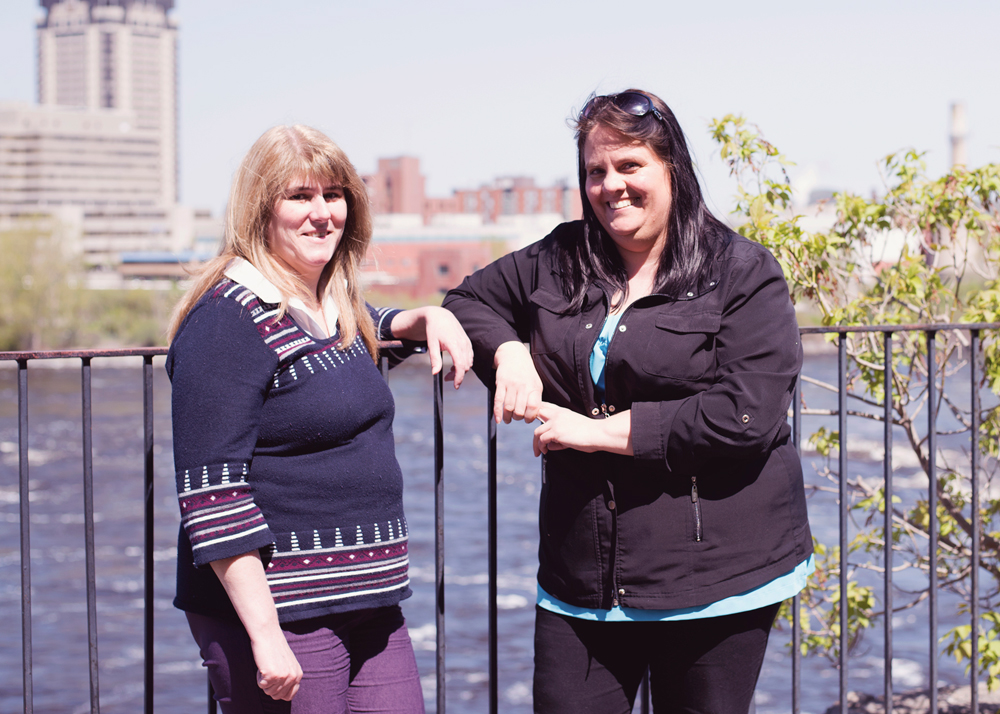From Transport Canada
For one of Transport Canada’s small vessel officers, boating safety is so woven into her DNA she can’t help but educate the public, even when she’s on vacation.
When at her family’s cabin, Michelle Maruk has approached boaters about missing safety equipment and left her business card or licence applications on the windshields of cars towing boats. Her boating safety radar is always on the lookout.
“I never turn it off, even if I spot a boat along the highway,” said Ms. Maruk, an officer with Transport Canada’s Office of Boating Safety.
When Ms. Maruk is working, she’s just as passionate and proactive about boating safety. She once convinced a couple launching their boat into the water to lounge on the beach until family brought lifejackets for their two young children.
And even though four young men teased her about boating safety at a trade show, Ms. Maruk prepared them for a future emergency with a Boating Safety Guide. The next year, the young men came back to thank her – they rescued a family thrown into frigid waters when their boat capsized. They had read the tips in the guide.
Preparing Canadians like those four young men can help save lives if they know how to respond in an emergency. This is why Ms. Maruk and her Office of Boating Safety colleague, Honey Walsh, are so dedicated to what they do.
“People think that it won’t happen to them so it hits home when it does,” Ms. Walsh said. “It affects so many people – loved ones, the people who witness the incident and first responders.”
Ms. Maruk’s passion for boating safety stemmed from a drowning she witnessed when she was 15 years old. To pay for university, she taught water and boating safety courses and worked as a lifeguard. When she joined the Office of Boating Safety in 2007, it was a perfect fit.
Since that time, Ms. Maruk has noticed a change – more and more people wear lifejackets when they’re on the water. Before, many carried lifejackets on board but not as many people wore them. The shift is, in part, due to the work of the Office of Boating Safety and partner organizations in promoting how to stay safe on the water.
“We saw a real improvement in the number of people who were actually putting life jackets on and wearing them before they left the dock,” Ms. Maruk said. “This is very positive. That is one of the key pieces of safety equipment.”
With around 35 employees across the country, the Office of Boating Safety partners with boating safety organizations to promote safe boating and deliver prevention-based programs across the country. The office – established under the Canadian Coast Guard in 1995 and transferred to Transport Canada in 2003 – also trains law enforcement on pleasure craft regulations and provides them with safety information to pass along to boaters when they’re on patrol.
The office provides information and education on safe boating practices to help reduce the number of people who die in accidents on the water.
Before you head out on the water this summer, remember these boating safety tips:
- Leave a sail plan with friends or family on the shore
- Make sure you have the required safety equipment
- Check the weather forecast
- Make sure everyone wears an approved lifejacket
- Never boat impaired
“We want boating to remain a fun and safe activity for everyone on the water,” Ms. Walsh said.
